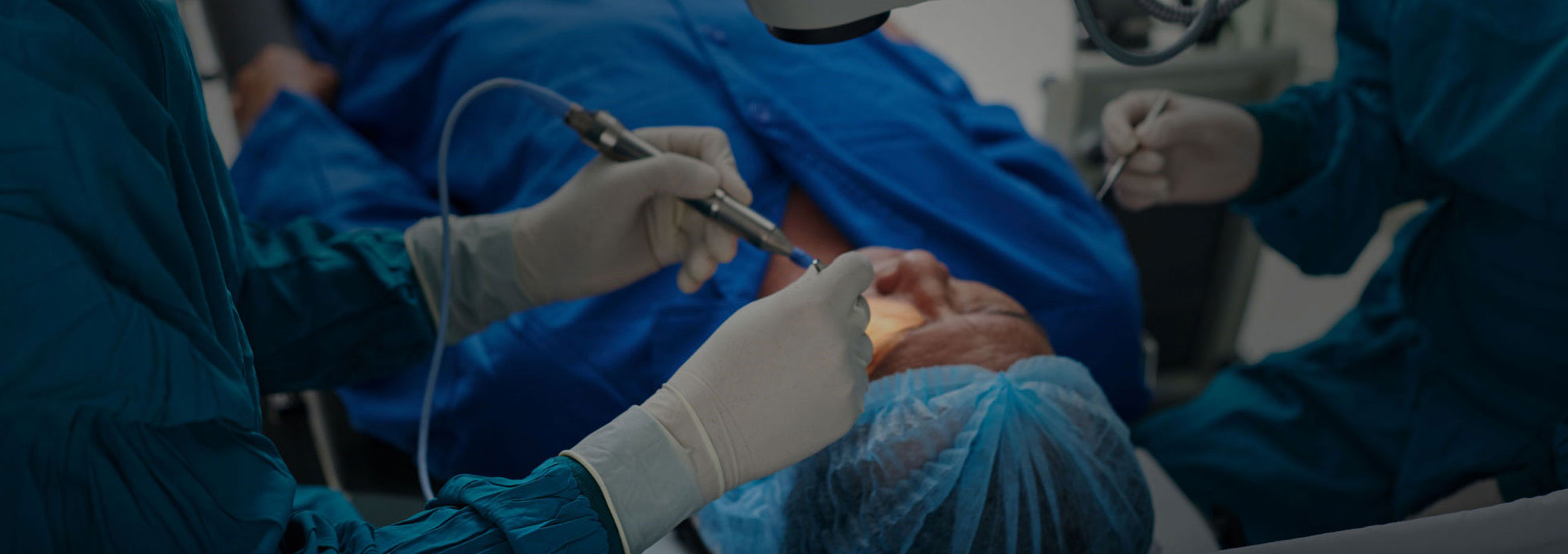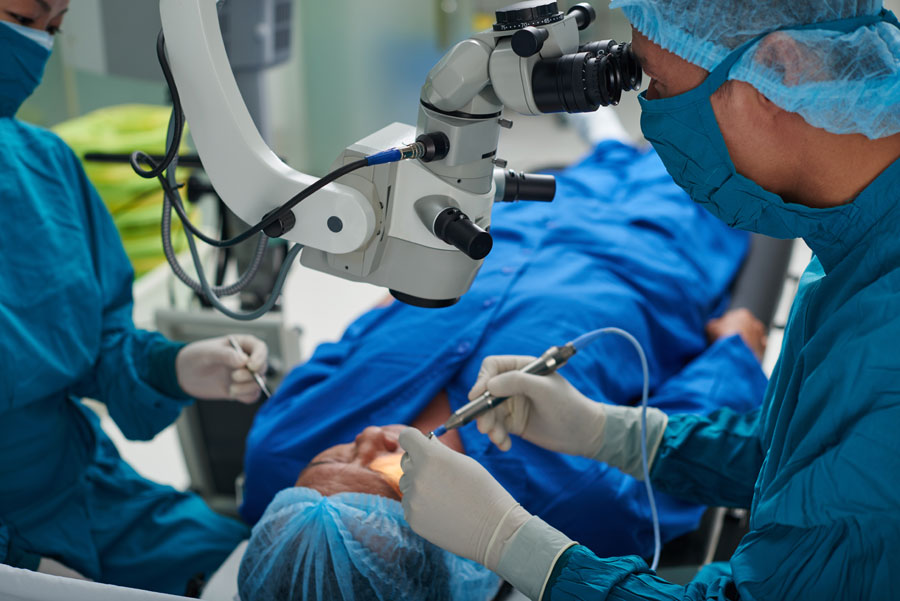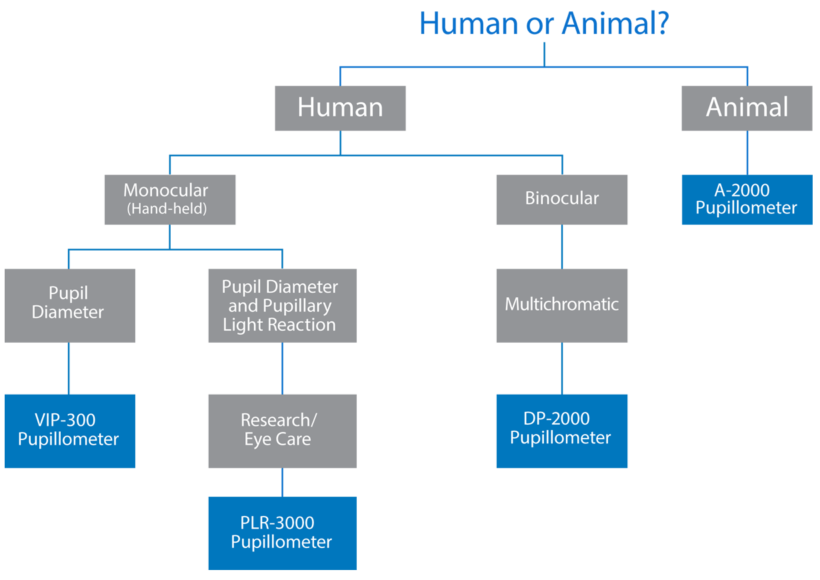
Applied Research
Is pre-operative measurement of the pupils important?
Defining the area of the cornea that will be reshaped (also known as the optical zone) is an essential part of refractive surgery. As the optical zone gets larger, complications from higher order aberrations become more likely. These aberrations are often responsible for post-surgical problems related to night driving such as glare or halos.
The latest article on this topic, “Pupil size and night vision disturbances after LASIK,” published in August of 2004, recommended preoperative evaluation of pupil size in all patients prior to refractive surgery because of the correlation the researchers found between large scotopic pupil sizes and the impression of worsened night vision.
Pre-operative pupil measurement has become part of the guidelines for refractive surgery published by the American Society of Cataract and Refractive Surgeons.
Pupil size measurement during a pre-operative evaluation is particularly helpful for optimizing the premium intraocular lens (IOL) selection for the patient based on the patient’s stated preferences about the level of vision he or she values most (e.g., distance, intermediate or near), occupation, lifestyle, and frequency of nighttime driving. Pupil size affects vision with any IOL, but even more so for so-called “pupil dependent IOLs.” An avid reader, for example, especially one who reads in dim light, would be suited for a different premium lens than a golfer. The most pertinent information will be obtained by measuring a patient’s pupils under varying light conditions which simulate real life conditions a patient may experience in daily life such as darkness, a dimly lit room, and driving at night with streetlights.
Why the NeurOptics Pupillometer?
The NeurOptics® Pupillometer is consistent from unit to unit and operator to operator. The key to the reproducibility in measurement is the use of NeurOptics’ exclusive VIP (Vertex Invariant Pupillometry) technology.
Measurement of the pupil is more difficult than it might seem because of the phenomenon of pupillary hippus or noise. The pupil is never entirely at rest but rather has normal, small continuous oscillations (±0.5mm). Therefore, when trying to measure the pupil, a single “snapshot” estimate is not a reliable predictor of the true mean size (because the clinician might catch the pupil at the maximum or minimum.) The NeurOptics Pupillometer records 3 seconds of data to ensure the effects of hippus are minimized. The average size (i.e., ensemble average) as well as the standard deviation of the pupil are reported by the instrument.
Another consideration is the importance of adjusting for differences in the distance from the lens of the Pupillometer to the front of the eye (the vertex distance). Vertex distance can vary up to 12mm in the normal population. This distance affects a pupillometer’s calculation of pupil size. If the Pupillometer is not calibrated correctly to adjust for this distance it can create an error up to 20%. A pupillometer should calculate the distance variation to maintain accuracy.
The NeurOptics Pupillometer is the only hand-held Pupillometer on the market designed to compensate for vertex distance variance as well as accounting for pupillary noise and reporting an average measurement.
A recent study showed that the NeurOptics Pupillometer has high repeatability and agreement in scotopic pupil diameter for repeated measurements and therefore high safety. (List of studies using NeurOptics Pupillometer in Ophthalmology.)

Watch the Video
Research Applications
Researchers in many fields have long used pupillometry to measure the functioning of the autonomic nervous system, measure the metabolism of drugs, detect drug impairment and fatigue, and many other applications in both humans and animals.
NeurOptics makes pupillometers which are important research tools for researchers in the areas listed below and many others:
- Anesthesiology and Pain
- Autonomic Neuroscience
- Defense and Space
- Drug Impairment
- Drug Addiction
- Endocrinology/Diabetes
- Gastroenterology
- Geriatrics
- Nutrition
- Otolaryngology
- Pharmacology
- Physical Therapy/Chiropractic
- Psychiatry
- Refractive Surgery/LASIK
- Rheumatology
- Sleep Science (fatigue, sleep disorders)

Which NeurOptics Pupillometer is right for me?




